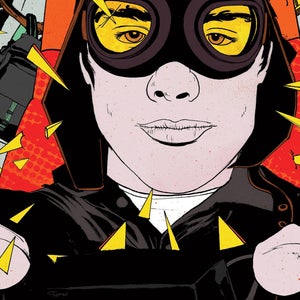

Bob Friel
Published
The little orca known as Scarlet is dead. Will her death be a turning point for the Northwest's endangered Southern Resident killer whales? Washington State governor Jay Inslee is proposing strong action.
The Pacific Northwest’s Southern Resident killer whales are dying. And it's our fault.
In the stunning and remote wilderness along northern British Columbia’s Highway 16, at least 18 women—by some estimates, many more—have gone missing over the past four decades. After years of investigation, authorities still don’t know if it’s the work of a serial killer or multiple offenders. Bob Friel drives into the darkness for answers.
In 2009, ؛عءد³ش¹دحّ readers met Colton Harris-Moore, a smart, slippery teenager who became notorious for stealing cars, boats, and planes in the Pacific Northwest. The climax came a year later, when Harris-Moore swiped a small plane in Indiana, landed in the Bahamas, and vanished.
In the Northwest's San Juan Islands, best known for killer whales and Microsoft retirees, a teen fugitive has made a mockery of local authorities, allegedly stealing cars, taking planes for joyآrides, and breaking into vacation homes. His ability to elude the police and survive in the woods has earned him folk-hero status. But some wonder if the 18-year-old will make it out of the hunt alive.




